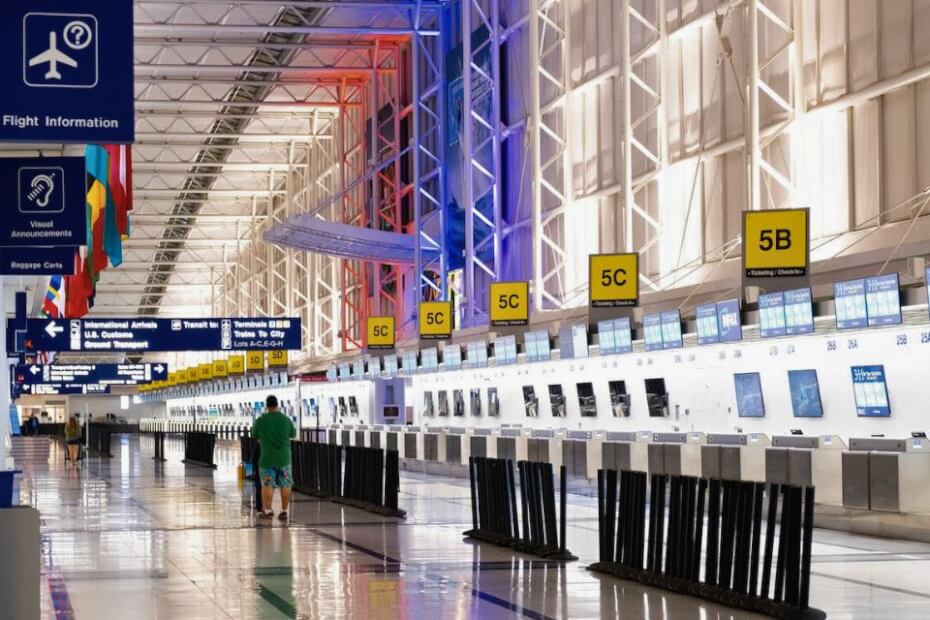
The International Air Transport Association (IATA) has launched a new system enabling contactless travel and improving passenger experience.
Timatic, or Travel Information Manual Automatic, has completely been redesigned, setting a new benchmark in travel compliance solutions.
Timatic AutoCheck provides a user-friendly platform for travelers, airlines, and travel professionals to access accurate, easy-to-understand immigration information.
The entire document-checking process has been automated, with customized instructions for each passenger.
“Timatic AutoCheck represents a further milestone in pursuing efficiency and convenience within the travel industry. By effortlessly navigating regulations, travelers can embark on their journeys with confidence and peace of mind,” Frederic Leger, IATA’s Senior Vice President of Commercial Products and Services, said in a press release.
He added, “This innovation also enables airlines, ground handlers, and travel agents to enhance customer satisfaction, integrate travel documentation verification into the contactless travel experience, and streamline their operations.”
Major Departure Control Systems providers, along with various airlines and Star Alliance, are already working with IATA to upgrade to the new Timatic AutoCheck.
What is Timatic Autocheck?
Timatic is a database containing documentation requirements, such as passports and visas, for passengers traveling internationally via air.
It is used by airlines and their representatives, airport staff, and travel agents to determine whether a passenger can be carried.
At the time of booking, airlines and travel agents also use the system to provide information to travelers.
This is critical for airlines as they risk hefty fines if they carry passengers without the correct travel documents.
They must also bear the expenses of returning such passengers to their original airport.
The new Timatic AutoCheck comes with several product enhancements that are very useful for users.
It simplifies travel regulations by providing easy-to-understand content: no more complex terminologies or lengthy rules for passengers to read.
It also offers a personalized, interactive, and data-driven approach to help travelers ensure they have all the needed documents and meet all entry requirements.
The tool also provides practical recommendations to help users comply with rules and promptly address any issues.
With Timatic Autocheck integrated into airlines’ systems, self-service check-ins are easier.
Seamless travel expectations
The new Timatic Autocheck system takes advantage of travelers’ willingness to use online processes and share information in advance.
According to IATA’s Global Passenger Survey (GPS), complex visa requirements discourage travelers who want a convenient, digital visa process.
Almost half of travelers included in the survey cited process complexity as the main deterrent. The next deterrents were costs and privacy concerns.
Many are also willing to share travel document information for faster airport immigration.
This aligns with many countries digitizing their visa and passport application systems and automating border controls.
Digital systems and contactless travel
The United Kingdom (UK) uses electronic passport gates (eGates) at some of the country’s entry points. Still, the British government is transitioning to a digital border by default by 2025.
In 2024, the UK Home Office will digitize their visa and immigration process by transitioning to an online record of immigration statuses or electronic visas (eVisa).
The UK Electronic Travel Authorization (ETA) also aims to streamline the immigration process for pre-verified, low-risk travelers. The new digital travel permit will be required for non-visa nationals entering the country for short trips.
Other countries are also adopting digital systems to make travel more easier. The United States of America will start issuing paperless visas.
The European Union (EU) is also digitizing Schengen visa applications. The Council will implement border biometric checks for all travelers through its new Entry/Exit System in October 2024.
The EU will also implement an electronic document system similar to the UK ETA, the European Information and Travel Authorization System (ETIAS), for non-visa nationals entering the Schengen Zone by mid-2025.
In November 2023, Frankfurt became Europe’s first airport to use face biometrics for a contactless travel experience from check-in to boarding.
By the end of this year, Terminal 3 of Dubai Airport will allow passengers to clear all necessary procedures without taking out a passport. Travelers will instead use fingerprints, face scans, or other biometrics for authentication.
Starting in 2024, Singapore’s Changi Airport will also implement biometrics for automated authentication throughout the airport experience, including bag drop, boarding, and immigration.

